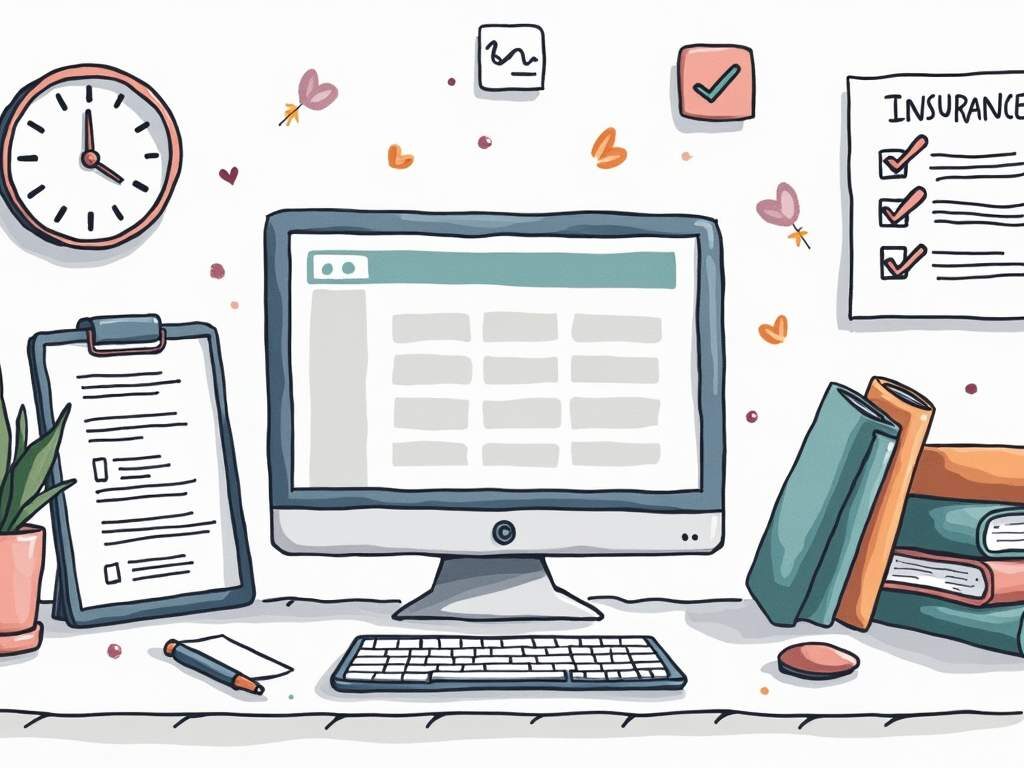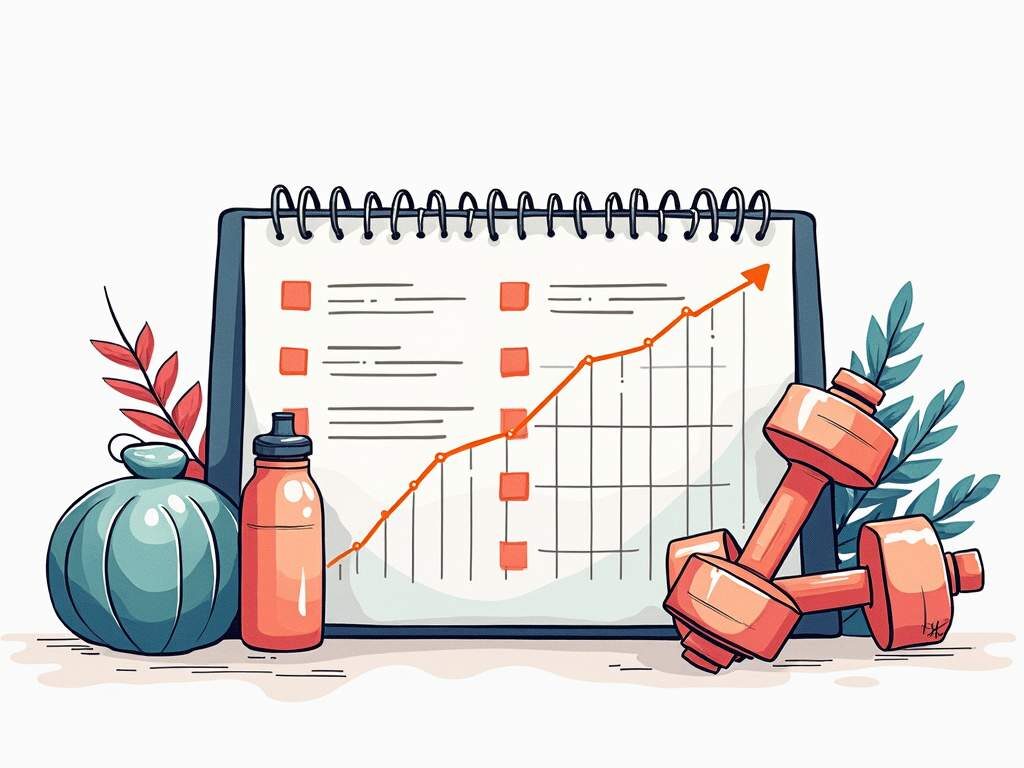In the relentless world of journalism, staying focused isn’t just helpful—it’s essential. When news breaks and deadlines loom, your ability to concentrate can make the difference between filing a compelling story on time or missing the mark completely. The digital age has only intensified these challenges, with notifications, social media, and the pressure to be first creating a perfect storm of distractions.
Understanding the Journalist’s Focus Challenge
Journalism has always been fast-paced, but today’s 24/7 news cycle demands unprecedented mental stamina. You’re expected to monitor multiple sources, verify facts, craft engaging narratives, and beat competitors—all while maintaining accuracy and ethical standards. It’s no wonder that many journalists struggle with focus fatigue.
Research from the Reuters Institute shows that journalists check their phones an average of 78 times daily during working hours—nearly double the general population. Each interruption costs valuable mental energy and can derail your train of thought for up to 23 minutes.
The Neurological Impact of Constant Breaking News
Your brain isn’t designed for the constant state of alertness that modern journalism demands. When you’re perpetually scanning for breaking stories, your prefrontal cortex—responsible for deep thinking and analysis—takes a backseat to your limbic system, which handles fight-or-flight responses. This neurological shift makes it harder to write thoughtful, nuanced pieces that require sustained concentration.
Time-Blocking Techniques for Deadline-Driven Work
One of the most effective strategies for journalists is time-blocking—dedicating specific chunks of time to particular tasks. This approach works especially well in newsrooms where priorities can shift rapidly.
The Pomodoro Technique: A Journalist’s Secret Weapon
The Pomodoro Technique aligns perfectly with news production cycles. Work intensely for 25 minutes, then take a 5-minute break. After four cycles, take a longer 15-30 minute break. This method helps maintain mental freshness during long investigative sessions or when covering developing stories.
Tools like Focus Keeper have made this technique even more accessible for journalists. The app’s customizable timers let you adjust work intervals to match your personal concentration peaks or the natural rhythm of your newsroom. Many reporters find that using Focus Keeper’s visual timer creates a sense of urgency that mimics deadline pressure in a controlled way, helping them maintain productivity without the stress of actual last-minute filing.
Beat-Specific Time Allocation
If you cover multiple beats, consider allocating specific time blocks to each area. For example, spend 90 minutes on your primary story, 30 minutes monitoring social media for breaking news, and 60 minutes conducting interviews. This structured approach prevents the “always-on” mentality that leads to burnout.
The 2-Minute Rule for Newsroom Interruptions
When breaking news hits, apply the 2-minute rule: If addressing an interruption takes less than two minutes (like confirming a fact or responding to an editor), handle it immediately. If it requires more time, schedule it for later or determine if it warrants dropping your current task. This simple filter helps maintain focus while remaining responsive to genuine urgencies.
Digital Distraction Management
The tools that make modern journalism possible are often the same ones that fragment our attention. Taking control of your digital environment is crucial for sustained focus.
Strategic Notification Settings
Not all alerts deserve your immediate attention. Configure your devices with a journalist’s hierarchy of interruptions:
- Priority alerts: Breaking news services, editor messages, and key source contacts
- Batch-check items: Email, social media mentions, and non-urgent messages
- Mute during deep work: Everything else when writing or interviewing
Many journalists report success with “notification-free zones” during crucial writing periods, using Focus Keeper’s timer to schedule specific times to check for updates rather than responding to each ping as it arrives.
Physical Environment Optimization
Your workspace significantly impacts your ability to focus, whether you’re in a bustling newsroom or working remotely.

The Newsroom Focus Bubble
Open-plan newsrooms are collaboration powerhouses but concentration killers. Create a personal focus bubble with noise-canceling headphones and a visual signal to colleagues (like a small desk flag or light) indicating when you’re in deep work mode. Some journalists keep a “focus playlist” of ambient sounds or instrumental music that signals to their brain it’s time to concentrate.
When using Focus Keeper or similar time management tools, make your practice visible to colleagues. The red timer on your screen or desk serves as a visual cue that you’re in a focused work session, reducing interruptions from well-meaning coworkers.
Cognitive Maintenance for Journalists
Just as athletes care for their physical condition, journalists need to maintain their cognitive fitness.
Strategic Caffeine Management
Coffee is journalism’s traditional fuel, but timing matters. Consuming caffeine 30-45 minutes before intensive writing or editing sessions maximizes benefits. Avoid caffeine within 8 hours of bedtime to prevent sleep disruption that will impact your focus the next day.
Micro-Recovery Practices
Between stories or during Focus Keeper breaks, implement micro-recovery practices. Try the 20-20-20 rule: every 20 minutes, look at something 20 feet away for 20 seconds to reduce eye strain. Stand up, stretch, or practice 60 seconds of deep breathing to reset your nervous system between intense work blocks.
Focus During Breaking News Events
When major news breaks, the adrenaline rush can actually impair clear thinking. Paradoxically, this is when methodical focus techniques become most valuable.

Create a breaking news protocol for yourself: a checklist of essential sources to verify, key questions to answer, and the minimum viable story structure. Having this framework ready prevents the “where do I start?” paralysis that can waste precious minutes during critical events.
The Five-Minute Focus Reset
When covering developing stories over extended periods, implement regular five-minute focus resets. Step away from screens, review your notes physically on paper, and explicitly identify your next three actions. This brief strategic pause often saves time by preventing scattered reporting approaches.
Many journalists find that using Focus Keeper’s shorter intervals (15-20 minutes instead of the standard 25) during breaking news situations helps maintain the balance between urgency and accuracy.
Conclusion
Focus isn’t just about productivity—it’s about journalistic quality. In an era where attention is increasingly fragmented, your ability to concentrate deeply on stories gives you a professional edge and helps deliver the thoughtful, accurate reporting that audiences need.

By implementing structured time management with tools like Focus Keeper, creating appropriate digital boundaries, optimizing your environment, and maintaining cognitive fitness, you can navigate even the most chaotic news cycles with clarity and purpose. Your readers deserve your best focus, and with these techniques, you can consistently deliver it.





